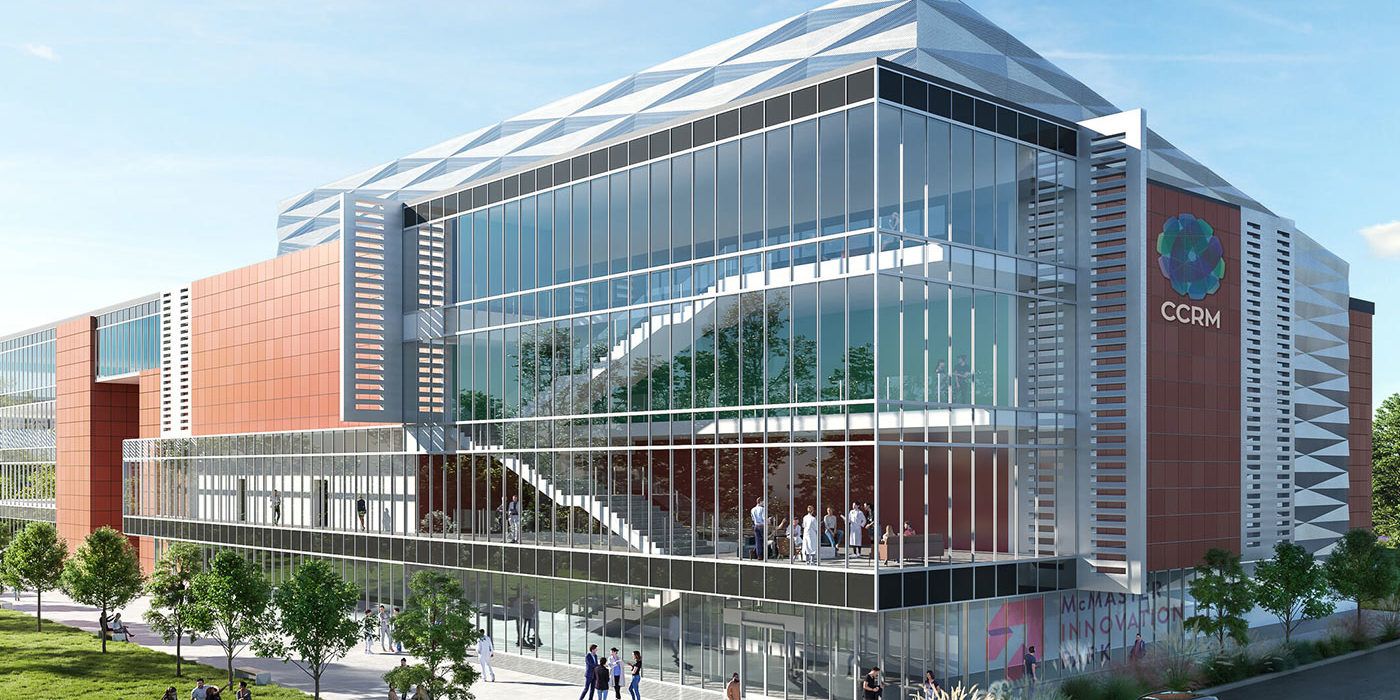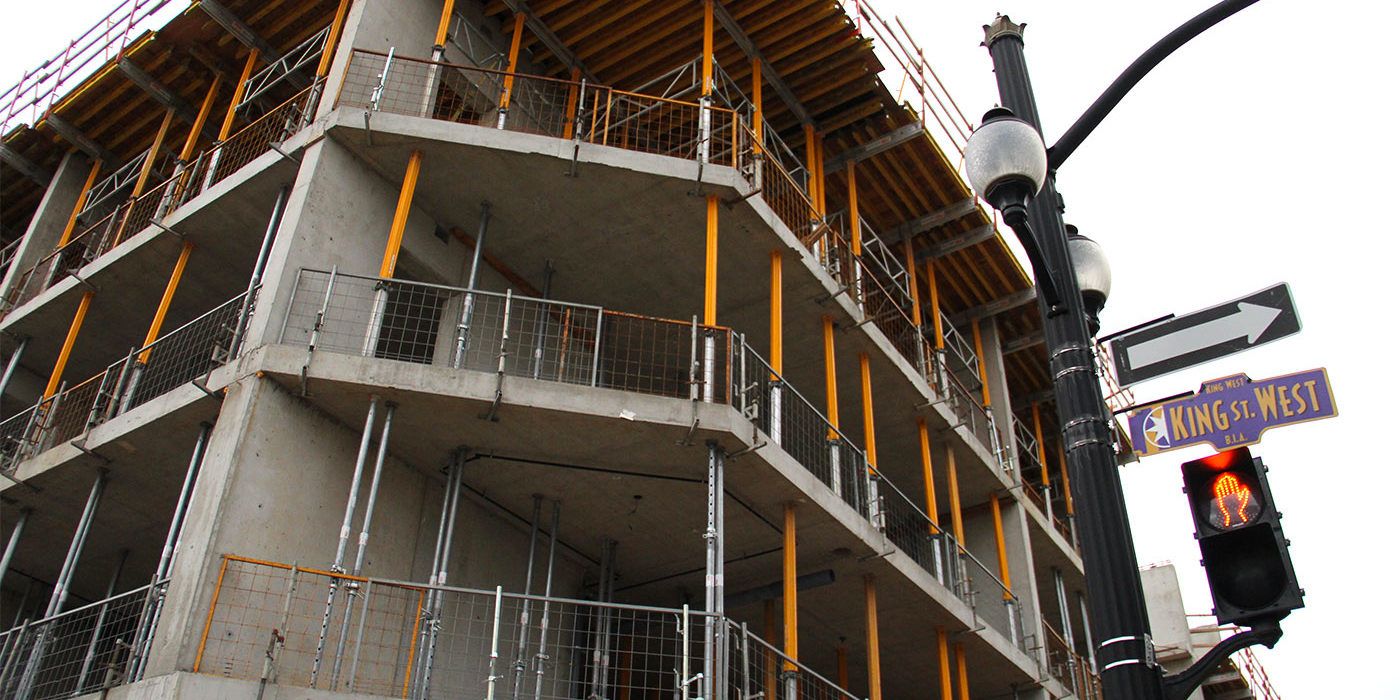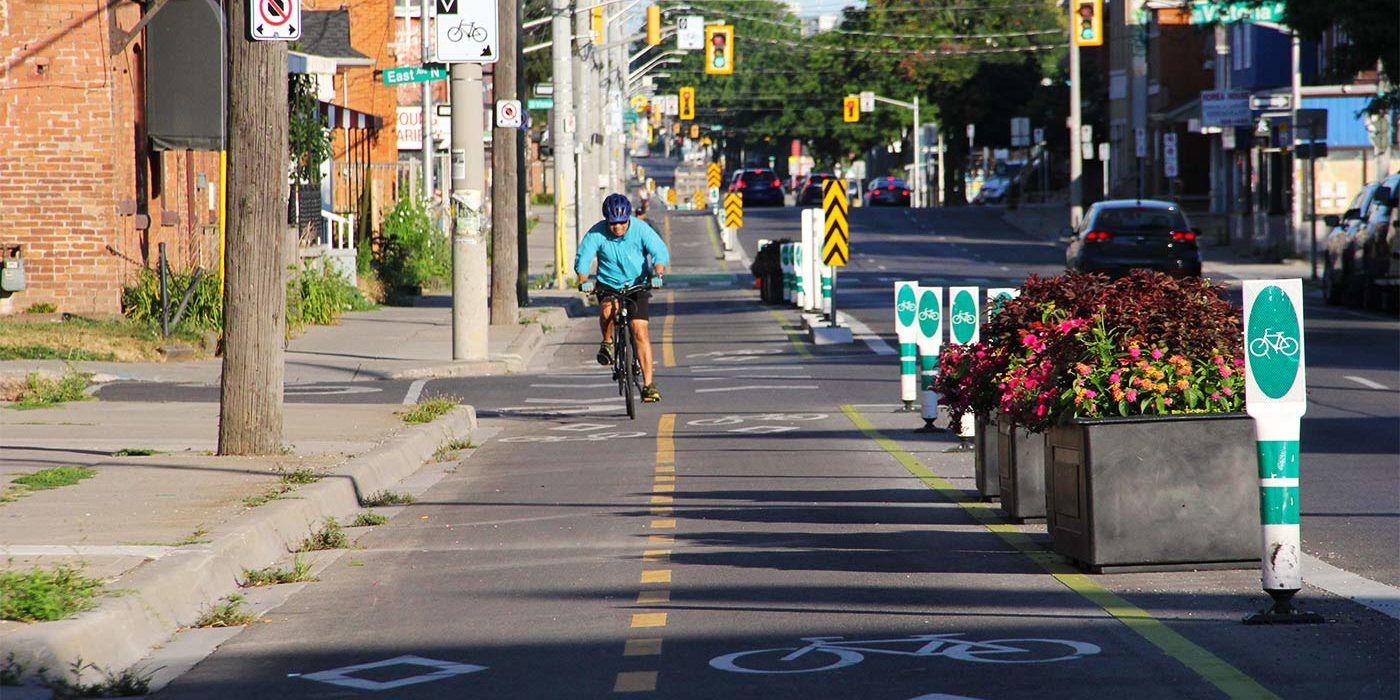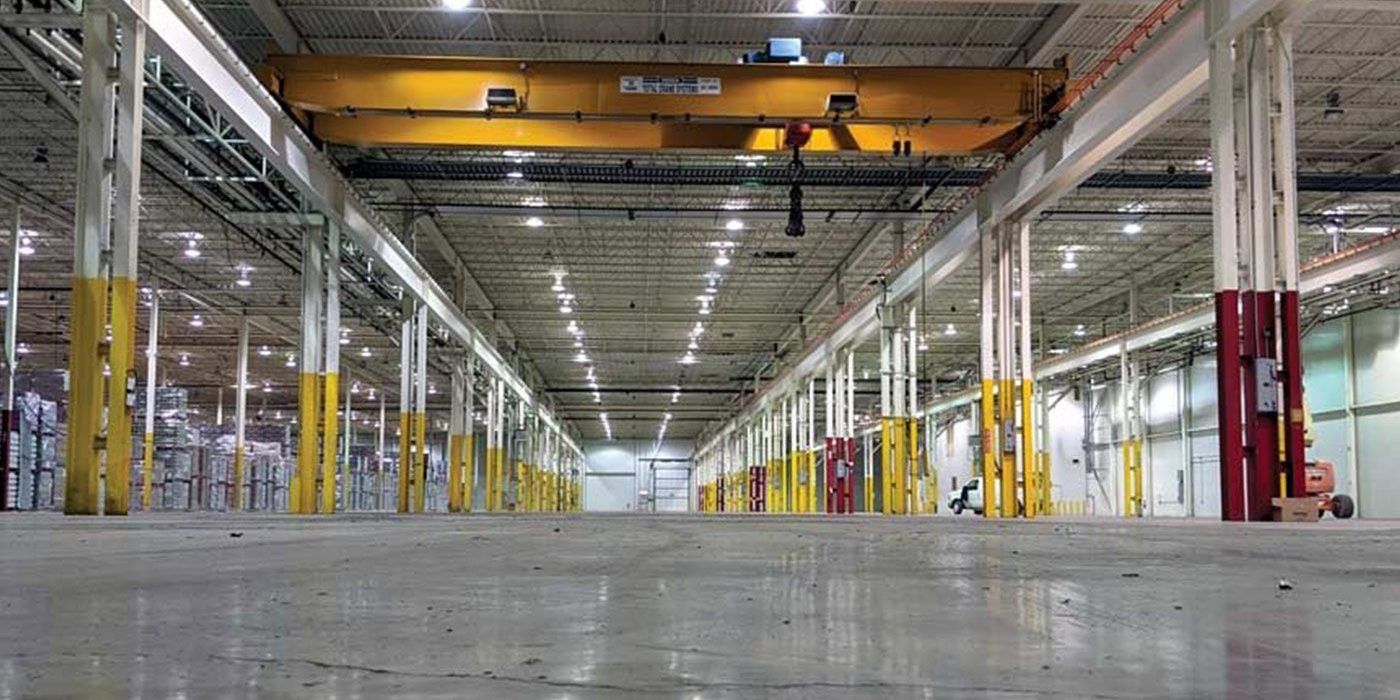MIP leading the way for Hamilton’s surging innovation district
Brought to you by Forge & Foster Investment Management.
While Pier 8, the Hamilton airport, and the proposed film district have each received much-deserved attention when it comes to major redevelopment projects in Hamilton, another key area in the city’s future is quietly being assembled under the name West Hamilton Innovation District.
The scale of this district is massive and with its ambition comes the potential of becoming Hamilton’s next economic powerhouse.
Located right off the Highway 403 ramps, the West Hamilton Innovation District is split into two main components: McMaster Innovation Park & the Annex.

As the name would suggest, the McMaster Innovation Park side primarily consists of buildings from McMaster University including the McMaster Innovation Park Atrium, McMaster Automotive Resource Centre (MARC), and the recently acquired Westinghouse Corporation factory.
Ty Shattuck, CEO of McMaster Innovation Park, referred to their portion of the West Hamilton Innovation District as a 2.8 million square foot Life Sciences ‘MegaHub’.
A long-awaited road connection of Frid Street to Longwood Road will unite McMaster Innovation Park with the rest of the innovative companies operating on the other side of Frid Street, aka the Annex, which is nearly entirely powered by investment management group Forge & Foster.
The result will be an innovation supercentre that will truly encourage collaboration between industry and academia.
With the enormous amount of activity anticipated for this district, we’ve highlighted the anchor buildings and businesses leading the charge in the West Hamilton Innovation District.

 The Atrium
The Atrium
The Atrium was MIP’s first multi-tenant building and is located in the only remaining office building that was part of Camco’s nearly century old manufacturing plant. The Atrium was the first structure in the master plan that showcased what this area could become.
This building now houses over 114 tenants, ranging from start-up companies and accelerators to research labs.
One of the tenants, Fusion Pharmaceuticals, recently made national headlines having received US $105 million from international investors for its cancer treatment clinical trials. That funding is on top of earlier investments of $46 million, making it the largest single investment ever in a Canadian startup.
 Hyatt House
Hyatt House
A new six-storey Hyatt hotel located right off of Longwood has been highlighted as priority in order to offer visitors opportunities to stay on site while they are attending conferences or supporting the launch of a new business. The proposed hotel will contain 144 units.

 MARC
MARC
This existing building is known as the McMaster Automotive Resource Centre, or MARC for short, and it’s one of Canada’s leading research facilities based around electric and hybrid vehicles.
The 90,000 sqft, two-floor building allows for both collaborative and private spaces to develop, design, and test hybrid technology. Plans for the area call for greater expansion into the parking lot behind the building.

 New office buildings
New office buildings
Two 4-storey office buildings will be located south of Frid Street.
Gowlings law firm has publicly announced that they are anchoring one of the buildings in a move to “strengthen [Gowlings’] ability to enhance strategic partnerships by staying close to those who are driving progress – the researchers, the engineers, the designers.”

 CCRM Building
CCRM Building
Late last year, CCRM announced that they had signed a Letter of Intent (LOI) to partner in the development of a biomanufacturing campus at MIP focused on regenerative medicine-based technologies and cell and gene therapies.
The new building is envisioned to be Canada’s largest and most advanced Contract Development and Manufacturing Organization (CDMO).

 Building 606 and Glass Warehouse
Building 606 and Glass Warehouse
One of the largest adaptive reuse projects in the city will see the former Westinghouse Corporation factory site turned into a creative and collaborative work space.
Currently called Building 606 and Glass Warehouse, this 350,000-square-foot project will be flooded with natural light and effectively act as the heart of the new McMaster Innovation Park campus.
 New parking garage
New parking garage
The influx of people to the area necessitates more than just surface parking. As such, a parking garage containing 550 spots will be constructed.

 44 Frid St
44 Frid St
After purchasing the former Hamilton Spectator HQ for $25.75 million, McMaster announced last March that it plans to turn the building into a life sciences innovation megahub, having already landed their first tenant.
Laurentis Energy Partners, a subsidiary of Ontario Power Generation, will be operating out of the building for at least two years as part of a research collaboration with MIP to advance nuclear energy innovations.
Expect lots of groundbreaking work to come out of this building over the coming decades.
 ANNEX70
ANNEX70
Neighbouring the former Hamilton Spectator building, 70 Frid St contains a collection of buildings and businesses that have been servicing Hamilton for the past several years such as Gravity Climbing Gym.
With the growth of MIP, innovative businesses such as North Marketing Solutions and m-Health Solutions are beginning to call the ANNEX home.
ANNEX70 also possesses 5 acres of vacant land for future development.

 ANNEX150
ANNEX150
Located at 150 Chatham St, ANNEX150 mostly consists of a single-storey 44,000 square foot flex building, along with a three-storey 35,000 square foot brick-and-beam building.
Similar to ANNEX70, 150 Chatham St is also witnessing a renaissance of knowledge economy people and businesses that are looking to participate in the exciting community growing from the WHID, including Mabel’s Labels.
Earlier in 2020, Hamilton’s own Lester Coloma produced an engaging mural celebrating the budding scientific change developing at the ANNEX.
 LRT Storage Facility
LRT Storage Facility
Metrolinx acquired this 14.5 acre property in 2019 as the future site of the Hamilton LRT Operations, Maintenance, and Storage Facility (OMSF).
While the LRT’s future is uncertain, the City of Hamilton’s website states that “Metrolinx and the City are working collaboratively with McMaster University to ensure the facility fits well into their vision and master plan for the area.”
In summary, West Hamilton Innovation District is poised for huge redevelopment over the coming decades and will become one of Hamilton’s strongest sources for job growth. The number of diverse companies, innovation, and research that will be concentrated into this district is staggering.
We are very confident that this new district will become a national player for Canada and we couldn’t be happier that it’s happening right here in Hamilton, Ontario.
Read the article on the Urbanicity website here.
If you’re looking to keep your finger on the pulse of all Hamilton residential and commercial real estate projects and trends, subscribe to Forge & Foster’s free weekly newsletter here!
Header image courtesy of McMaster Innovation Park.





























































 Camera cases are among some of the many film-related gear you can pick up at Hamilton Film Studios
Camera cases are among some of the many film-related gear you can pick up at Hamilton Film Studios One of Hamilton’s Film Studios television sets
One of Hamilton’s Film Studios television sets

